Stock Markets: Next 10 years, outlook!

As we ride the current wave of euphoria in the stock markets, it’s crucial to recognize that the investing landscape will witness a seismic shift over the next 10 years.
This transformation is rooted in a macro analysis that spans the golden years of 2008-2020 to the challenges governments face in managing debt. In this exploration, we unravel the intricate dynamics that will shape the future of investing.
Here's what we'll cover:
1. The Golden Phase of 2008-2020: Globalization’s Pinnacle
2. The Catalyst: 0% Interest Rates (2008-2016)
3. Debt-Driven Growth: Mirage or Reality?
4. 2020: The Turning Point
5. Dealing with Inflation: The 2021-2023 Phase
6. The Dilemma: High Interest Rates in 2024
7. Governments at Crossroads (2024)
8. The Solution: Cutting Interest Rates
9. The New Normal (2024-)
1. The Golden Phase of 2008-2020: Globalization's Pinnacle
This was the period post the 2008 financial crisis.
To fight the slowdown of the economy caused by the crisis, the government had to intervene.
To mitigate an economic recession and very low inflation, the government did one of the first instances of Quantitative Easing.
Quantitative easing is the method of printing new money with the aim to increase liquidity in the economy. This will eventually lead to more activity for financial assets, aiming to increase the money supply, lower interest rates, and stimulate economic activity.
This was also backed by a high level of trading and globalization between countries.
And this eventually led to one of the best periods for the stock market.
The Indian Index NIFTY went from 2500 to 12500 during this period.
That is almost a 400% gain in 12 years!
The interconnectedness of economies was what led to the most significant bull run in recent history.
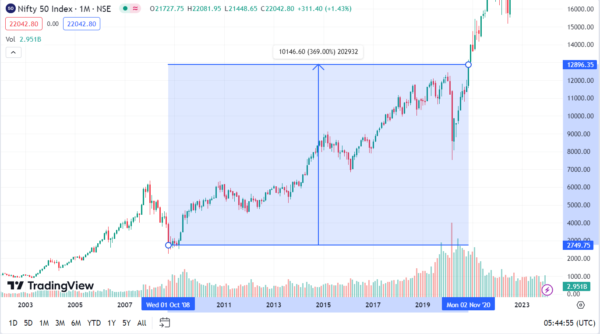
2. The Catalyst: 0% Interest Rates (2008-2016)
A ket catalyst that drives the stock market is the interest rates.
A lower interest rate simply means that the rate at which governments borrow will be very high.
This will ultimately lead to more growth in the economy through government expenditures and projects.
The excess money in the economy will be ingested into the stock market and other major asset classes which lead to accepting price appreciation.
And during the period of 2008-2016, this interest rate was kept at close to 0%.
This enabled the governments to to borrow extensively and undertake substantial spending without the traditional fiscal constraints.
This led to a growth in GDP of these countries as well.
And also for the Stock Market to give massive bull runs.
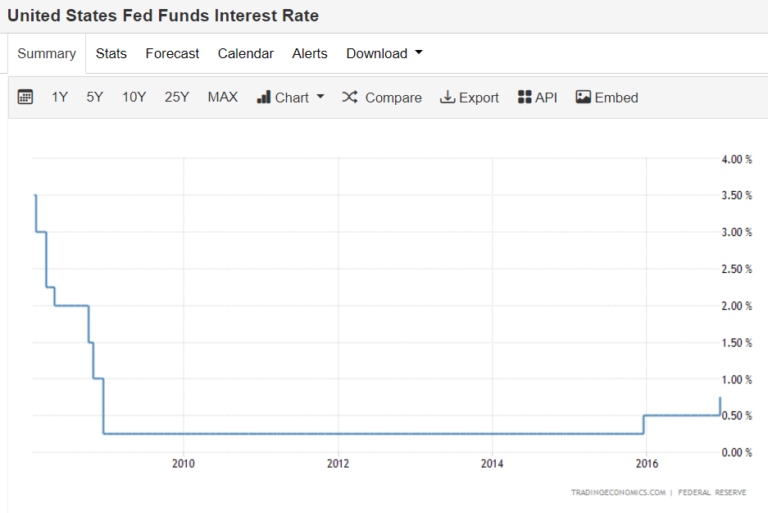
3. Debt-Driven Growth: Mirage or Reality?
But now the key question needed to be answered.
Was this level of growth sustainable?
What are the implications to these actions?
Answer: Extremely high levels of Debt!
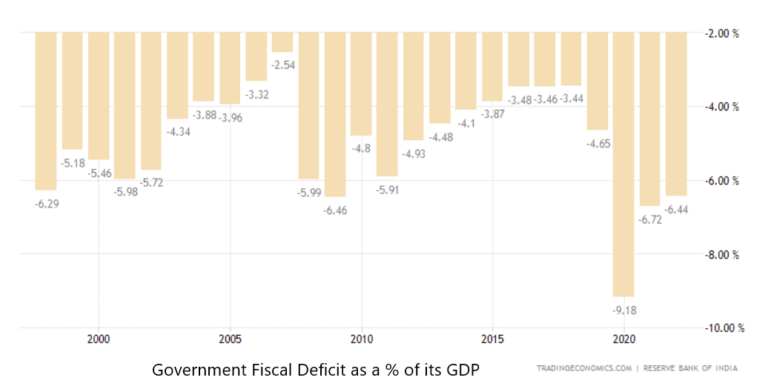
Although most countries and their asset classes grew exponentially, this led to excess amounts of money in the economy.
The high levels of debt and excess money meant two things:
Higher Inflation
Higher Taxes
The government needs to control their spending.
They need to bring inflation under control.
And the answer to that is by either increasing the interest rates to reduce borrowing and remove liquidity from the economy.
Or by increasing the taxes of the country to increase government earnings to poy off these high debts.
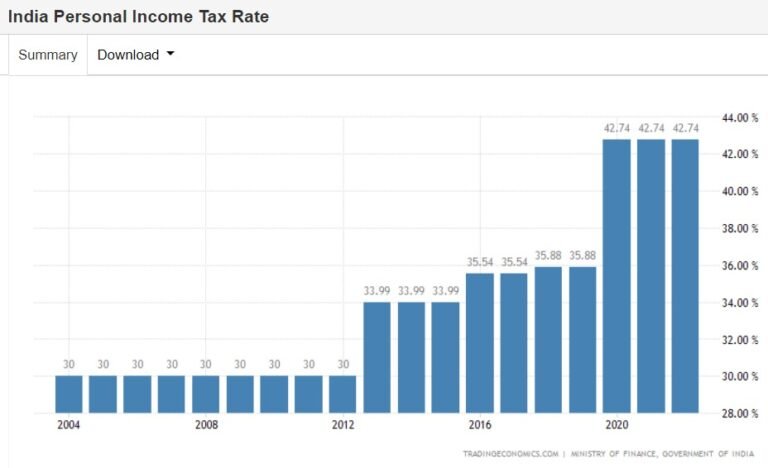
4. 2020: The Turning Point
Post 2016, the governments had to increase the interest rates to bring inflation and global debt in control.
So from 2016, the interest rates were increased from close to 0% to almost 2.5% by 2019 in the US.

However that’s when the world was shaken apart.
Through the COVID crisis.
This was an extreme and uncertain event that the world wasn’t prepared for.
To avoid collapse and extreme slowdown of the economy, the governments had to bring down the interest rates back to near 0% levels.
They had to borrow more to keep the economy running.
They had to print more money.
The M1 money supply (which is the amount of money in the economy) went from 5000 billion USD to almost 20,000 billion USD in 2 years.
That’s a 4x jump.

These new levels of debt and the ones amassed over the last 12 years had led to record amounts of debt.
The number was massive and the governments had never seen such levels of debt before.
Add to this the inflation in the economy was rising exponentially and there was only an extent to which this false illusion of growth could be shown.
All parts of the globe saw extreme levels of inflation.
Countries like Argentina, Zimbabwe, Sri Lanka saw upwards of 100% inflation.
This was unbearable.

India also saw high levels of inflation.
Daily items like vegetables, gas cylinders, fuel all were rising in costs exponentially.
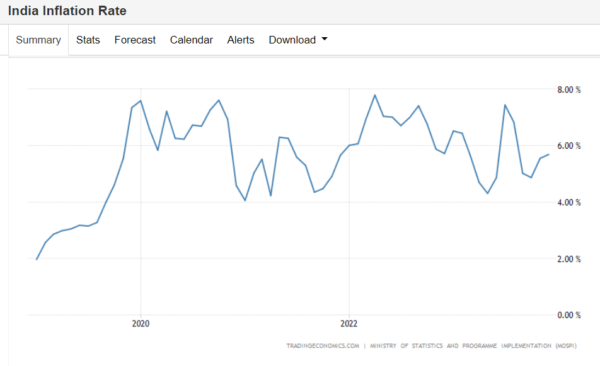
5. Dealing with Inflation: The 2021-2023 Phase
Given the dire circumstances the governments again had to increase the interest rates.
Not just increase, but jack it up quickly.
This was the only way to bring the inflation and excess liquidity in the economy under control.
The interest rates were brought up to almost 6% within the span of a year.
The phase from 2021-2023 was pretty much about dealing with the inflation problem
This led to an overall slowdown in the stock market returns as well.
From the period of Oct 2021 – May 2023, the stock market gave close to 0% return.

6. The Dilemma: High Interest Rates in 2024
Now as we sit in 2024, the inflation problem is slowly getting solved.
It seems that we are bringing it back in control.
But now we have a NEW problem:
The Interest rates are at 15 year HIGH!
And what does High Interest Rate mean?
The governments have to spend a lot more on debt repayments.
And as we noted before, the world is sitting at a record level of debts.
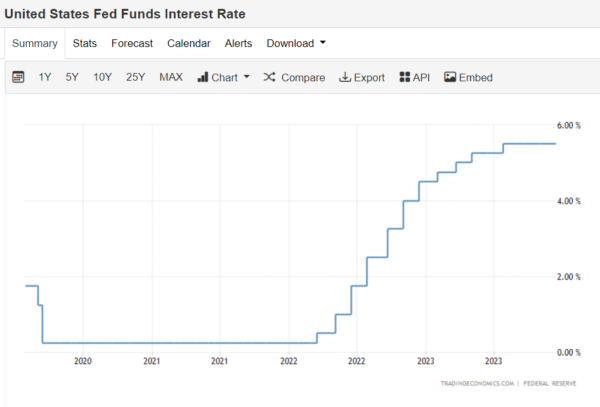
7. Governments at Crossroads (2024)
Now this is situation:
- Total debt in the world is way too high.
- Most of the growth coming in the world is due to government expenditure.
- Private consumption hasn’t really picked up (due to extremely low savings rate)
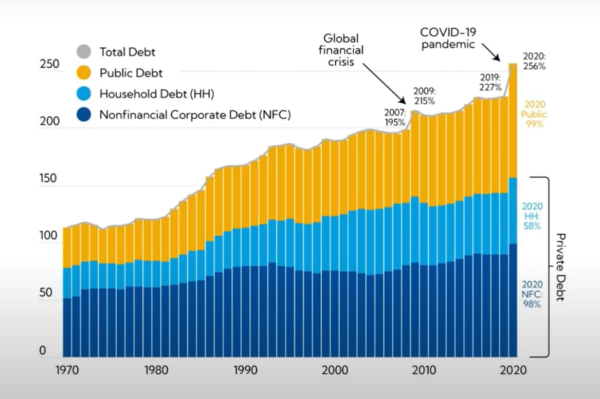
And the governments need to keep the growth alive.
And to do that, they have to undertake more expenditure by borrowing more.
And as it stands in 2024,
The world is experiencing a lot of external and internal disorders.
There are wars, trading bans etc. which have led to a drop in global trading across the world.
And we can expect a slowdown in global trade in the coming years.
8. The Solution: Cutting Interest Rates
Given the record amount of debt, it is simply impossible to keep borrowing at such high interest rates.

So eventually the only solution is to cut the interest rates down in the near future.
And the most likely plausibility is that this will again lead to inflation going up.
9. The New Normal (2024-)
This eventually means that the economy is going to see a major shift.
A new normal will be set.
We will no longer be able to go back to the near 0% level of interest rates as seen from 2008-2016 and 2020-2022.
We are more likely to see:
- Medium interest rate (~3% interest rate)
- Higher than normal inflation
- Higher Taxation
The government needs to eventually keep up with the high amounts of debt, and this seems like a new normal to keep the economy running.
Conclusion
In summary:
● 2009-2020 was the biggest bull run in our history.
● 2024-2035 won’t be the biggest bull run.
- Expect fairly normal returns.
● Expect inflation & taxes to be high in real terms
From a stock market perspective: like the economy, it is being artificially kept alive.
And, we are likely to see NORMAL growth, not BALLISTIC growth, like everyone is predicting.
Your ability to BUY LOW and SELL HIGH is going to be the key in terms of making money in the market.
So stay educated.
If you are a serious investor and are looking to stay ahead of the curve, join our Wisdom Hatch community where we give live and timely updates on the Stock Market.
- Golden Phase (2008-2020): Globalization and quantitative easing led to a significant bull run in stock markets.
- 0% Interest Rates (2008-2016): Low interest rates fueled economic growth, but it resulted in high levels of debt.
- Debt-Driven Growth: Exponential growth came with the cost of soaring debt, leading to challenges like inflation and higher taxes.
- 2020 Turning Point: COVID crisis prompted a return to near 0% interest rates, causing a surge in debt and inflation.
- Dealing with Inflation (2021-2023): Governments raised interest rates to control inflation, slowing down stock market returns.
- Dilemma in 2024: Inflation is getting under control, but interest rates are at a 15-year high, posing new challenges.
- Governments at Crossroads: High global debt, external disruptions, and a need for growth force governments to consider cutting interest rates again.
- Solution: Cutting Interest Rates: To manage the record debt, cutting interest rates seems inevitable, potentially leading to increased inflation.
- New Normal (2024-): Expect a shift to a new normal with medium interest rates, higher inflation, and increased taxation.
- Conclusion: The era of extreme bull runs is likely over; normal returns are expected. Investors should focus on strategic buying and selling as the market and economy adjust to a new normal.
MUST know BEFORE you become an Airbnb host
Medium Article Preksha Chand edit post MUST know BEFORE you become an Airbnb host Medium Article Preksha Chand edit post MUST know BEFORE you become an Airbnb host Medium...
Make more money from your property: Short-term rental [Airbnb]
Medium Article Preksha Chand edit post Make more money from your property: Short-term rental [Airbnb] Medium Article Preksha Chand edit post Make more money from your property: Short-term rental...
GOA Airbnb Laws: What Hosts Need to Know [2024]
Medium Article Preksha Chand edit post Make more money from your property: Short-term rental [Airbnb] Medium Article Preksha Chand edit post Make more money from your property: Short-term rental...





